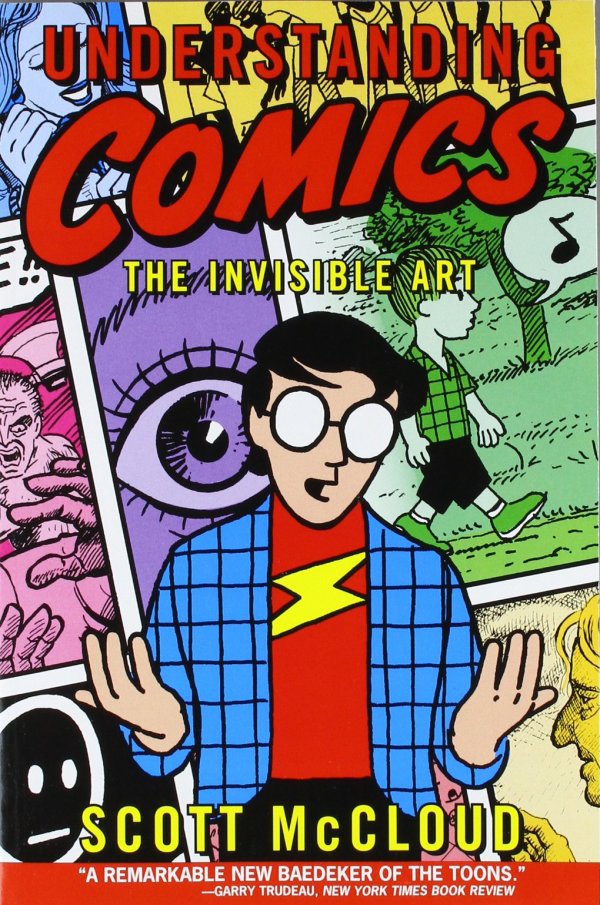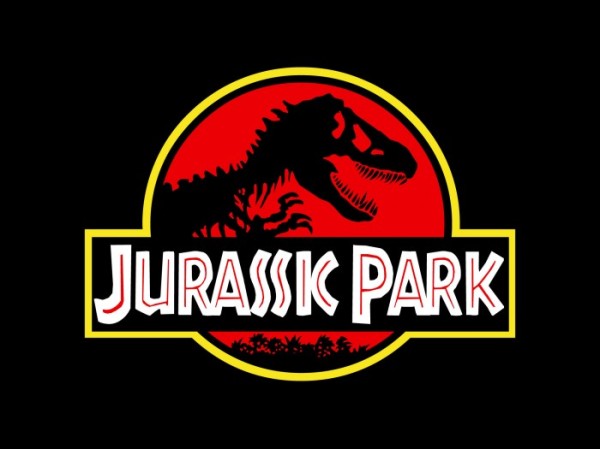
Sometimes I am haunted by Nelson Mandela. Or rather his quote: “There is no passion to be found playing small – in settling for a life that is less than the one you are capable of living.” Working in mobile games, it’s easy to get stopped in your tracks by this quote, and to reflect on whether you shouldn’t be doing something more meaningful. Could there be anything more trivial than looking for ways to break Candy Crush Saga’s stranglehold on wasting people’s time?
Mobile: It Changes Everything from Andreessen Horowitz on Vimeo.
There are, of course huge hidden value judgements in this way of thinking. It’s is just 7 years since the App Store was opened, and only 5 years since free to play was made possible when Apple allowed in-app purchases. Mobile games are undoubtedly a young medium, and aren’t yet given the same consideration of older and more established art forms such as books and film. But there is no reason this should be the case. There are now 2 billion people with smartphones, and mobile games account for about 40% of apps downloaded. There has never been a creative medium that is more widely distributed, and we are only just starting to explore the potential of it.
“The free access which many young people have to romances, novels, and plays has poisoned the mind and corrupted the morals of many a promising youth; and prevented others from improving their minds in useful knowledge. Parents take care to feed their children with wholesome diet; and yet how unconcerned about the provision for the mind, whether they are furnished with salutary food, or with trash, chaff, or poison?”
– Reverend Enos Hitchcock, Memoirs of the Bloomsgrove Family, 1790
New creative media have always been criticised by politicians and social commentators for the dangers they pose to society. As mobile games are the latest way people have found to express themselves and create, we should not expect them to be free from this criticism. But it would be naive and short sighted to think that this criticism is somehow immutable or different to the outrage originally provoked by novels, film or rock and roll when they first appeared.
This new form of entertainment has gone far to blast maidenhood … Depraved adults with candies and pennies beguile children with the inevitable result. The Society has prosecuted many for leading girls astray through these picture shows, but GOD alone knows how many are leading dissolute lives begun at the ‘moving pictures.’
– The Annual Report of the New York Society for the Prevention of Cruelty to Children, 1909
This of course does not mean that all games are worthy or should be considered art, just as we wouldn’t judge Sharknado 3 on the same level as Citizen Kane. If we want games to be considered art then as game makers we have a duty to make games artistic. If we want to feel comfortable in the context of Mandela’s quote then we have to make mobile games to our full potential – the scale of the medium is clearly there to support it.
How do we fulfil our potential as makers of mobile games? This is the same question as: how do we fulfill our creative potential in any other medium? And on this subject I am a big fan of the way that Scott McCloud thinks about things in Understanding Comics: The Invisible Art. It is a fantastic comic that I would recommend to anyone with an interest in art of any form, either as a spectator or a creator. In it, McCloud outlines six steps by which art is created:
Creation of art: Idea > Form > Idiom > Structure > Craft > Surface
- Idea is the original purpose of the work. The message that it is meant to convey to others.
- Form is the way that this idea is presented to others. Is it a game, film or book and so on.
- Idiom is the genre or type of the form that the work falls into. It is the style that it takes.
- Structure is the architecture and pacing of the work. What is the focus, what is included, and what is left out.
- Craft is the quality of the production. The amount of technical skill used to create the finished product.
- Surface is the polish that goes on top. The initial impression that a piece gives to the audience.
In contrast to how art is made, artists generally develop their skills backwards through this same path:
Development of artist: Idea < Form < Idiom < Structure < Craft < Surface
That is to say, many game designers start out mimicking the work of others and smoothing out the appearance and function of our games. We rebuild Pong to learn a programming language or working in QA we spot bugs and ensure a consistent finish throughout games. This is learning to master the surface.
As we progress we learn our craft – how to make things at a professional level. As a junior designer we learn how to write a proper spec and conduct user tests, as well as how to design off the shelf features to deliver particular player responses.
We get more experience and we start concentrating on the structure of our work. We learn how to pace a player through our games, how to balance the mechanics and optimize the first session. We recognise the necessary and sufficient features that should be brought together to create a satisfying whole – the required skillset for a competent lead designer.
At this point, how far we continue down the chain depends on our personal motivations. Those who are ambitious in commercial terms will likely focus on idiom, whilst more artist types will probably prefer form or idea.
To work on what McCloud calls idiom requires significant talent. Here we are considering the genre that our games are, and how we can make a meaningful contribution to it. How far can we stretch the definition of the genre to appeal to the same audience and deliver the experience they are after. I would argue this is where the most commercially successful designers will be, as the top 10 grossing charts in any medium are usually meaningful and insightful innovations on established genres. Candy Crush Saga and Clash of Clans are both good examples of games that took this approach and pushed the evolution of an existing genre another step.
To focus on form is to be concerned about the potential of games, stretching the boundaries of what games are, and how artistic they can be. This is to make games for the sake of making games and to explore new mechanics. Drei Etter and Karen are examples here. Drei Etter is an abstract set of puzzles that is game like, but really it is more exploration of collaboration between mute strangers. Karen is an interactive video story that stretches the boundaries between games and films, exploring our intimate relationship with technology. Both are interactive experiences that are truly innovative and creative, stretching our perception of what games can be.
In contrast, those who choose idea at this point are more concerned with using games as a way of communicating specific concepts or messages. Designers here are concerned with bending the medium to deliver an experience that cannot be delivered in another way. These sorts of games usually have a strong narrative or setting. Few mobile games are outstanding here (the medium is young, after all), but a game like Journey shows what is possible on consoles. It explores life and death in a way that is reliant on the controls, feedback and social nature of games in a way that isn’t possible in other media.
Is form, or idea, or idiom superior to the others? All may be of interest at different times and to different people, and of course choosing one doesn’t mean excluding the others forever. Most creatives will need to balance their need to earn a living and their desire to reach an audience against experimenting with new mechanics or exploring issues that are important to them. Not that creating something commercial excludes entirely making something artistic – this is perhaps better seen as a vague spectrum rather than a binary choice.
Take Steven Spielberg’s work for instance. In 1993 two hugely different films: Schindler’s List and Jurassic Park. Both were massive successes, but in very different ways. Schindler’s List is the defining depiction of the Holocaust for most people today. Jurassic Park brought dinosaurs to life for millions and spawning a hugely lucrative series that is still running strong. Both built on the reputation that Spielberg had built up over the previous 20 years. Few would argue that Jurassic Park the more artistic work, but would so many people have seen Schindler’s List if Spielberg had not made so many mainstream films of its ilk? And wouldn’t a world without velociraptors on the big screen be a less exciting, imaginative place? Which film was the full potential of Spielberg as a filmmaker? Different people might have different answers, but either way few would accuse him of “playing small”.
The vocation of mobile games is not that we consider the current crop of mobile games to be masterpieces, but that we believe that the medium can support them. If the current state falls short of our aspirations, then that only makes the challenge of reaching them a fuller test of our own potential. This is not a transformation that will happen overnight, or to the exclusion of mediocre work, but given another 10 or 20 years I believe we will see plenty of examples of great mobile games, however people set the criteria, and plenty of people who are proud to have made them.
This post was originally published on Adventures in Mobile Game Design.

